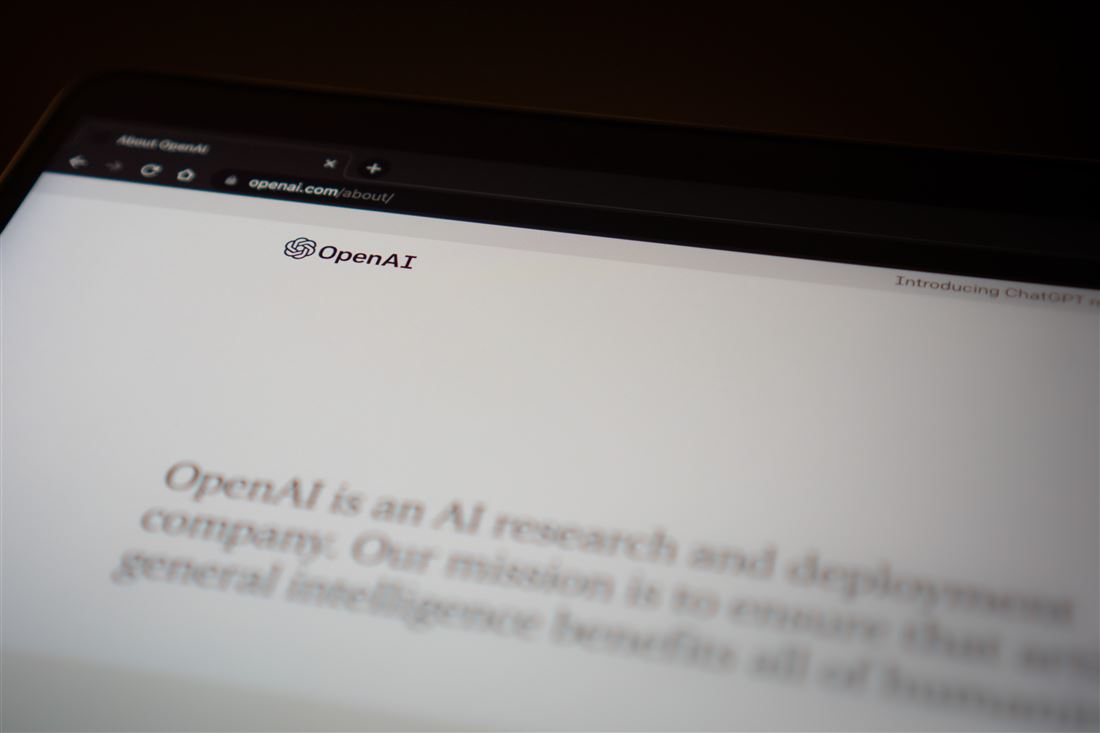In recent years, artificial intelligence has become a very useful tool for simplifying and speeding up people's work. It offers us a wide range of possibilities for working with it and where we can use it. However, if we decide to use it to solve any problem, we must entrust it with certain information. Is it safe to entrust this data to an artificial intelligence system? How much can we trust the answers it gives us?

Since artificial intelligence is a relatively new and constantly evolving technology, there are certain security risks associated with it that are important to highlight. Using artificial intelligence at work can bring great benefits, but also many problems. We are responsible for the data we put into these systems. Therefore, we must always carefully consider what we make available to these systems.
In our previous article on Trustworthy Artificial Intelligence we described how these systems should be designed and what they must comply with in order to be trustworthy. Here, on the other hand, you can read a list of security measures and principles for working with artificial intelligence safely:
- Data and information. Do not send or enter personal, sensitive, confidential, or any other data that is important to us into these systems. These systems store and learn from them. At the same time, however, they may be accessed by external users, which may result in unwanted data leaks.
- ChatGPT as an internet search engine. Do not use ChatGPT to search for current information. At present, this chatbot (a computer program with which you can have a conversation) does not have access to the internet and only uses a database from 2021, which greatly limits its ability to generate current information.
- ChatGPT and reliable answers. The answers generated by ChatGPT must always be verified. Although it works with a large database of information, it can make up some answers and formulate them in a very credible way. However, it can describe general and basic questions on a wide variety of topics in a very simple, understandable, and, above all, correct manner. On the other hand, errors have been noted in the case of specific questions. Even after being notified of an error, it repeated it. Since it draws on a large number of sources, it produces answers that do not have a single source, which can be a problem in the workplace.
- ChatGPT and sources. Check and verify the sources that ChatGPT provides as relevant. If the user asks it to provide sources on a given topic, a situation may arise where the source does not fully cover the issue or the citation is incorrect. At the same time, the sources it provides may be fictitious and may not exist at all, which can cause major problems for the user if they are used. Another option is to cite ChatGPT as a source, following all citation guidelines. However, it is not recommended to use this source as it does not work with current information.
- Innovative ideas and outputs generated by artificial intelligence. Be cautious when working with innovative ideas suggested by artificial intelligence. There is no guarantee that the ideas and thoughts it provides are new and innovative. It is important to be aware that many outputs may be protected by copyright and their use may cause problems. This applies not only to text, but also to graphic outputs (videos, images, and photos). At the same time, the code generated by artificial intelligence can be harmful and pose a risk to your device.
Many companies use artificial intelligence systems in their work. It is important to know how to use these systems appropriately and correctly. Here are some recommendations that can help you use artificial intelligence in your business.
- It is important to educate employees in this area. A complete ban on the use of these systems may not be the best decision if they can be used for the right purpose and in the right way. At the same time, when using these systems, it is a good idea to develop guidelines on when artificial intelligence can be used.
- Conduct a risk analysis to avoid potential risks and dangers that may arise. Although it is not possible to predict all of them, it is wise to be prepared for a wide range of possibilities.
- If an organization already has artificial intelligence systems implemented in its infrastructure and actively uses them, it is necessary to prevent them from accessing sensitive data. This could lead to unwanted data leaks, which can cause significant problems for the company.
There are many ways in which artificial intelligence can be used in organizations. For example, it can be used as an internet search engine, provided that up-to-date information is not required. It can also be used to compile texts and posts for social networks, provided that they do not contain sensitive company data, or as a source of inspiration for solving specific problems. Despite all the risks associated with these systems, they also offer many benefits, and it is these that we need to build on. Every business or organization should consider for itself how much it trusts these systems and what their use will entail.
Source:
Security principles for the use of artificial intelligence systems
